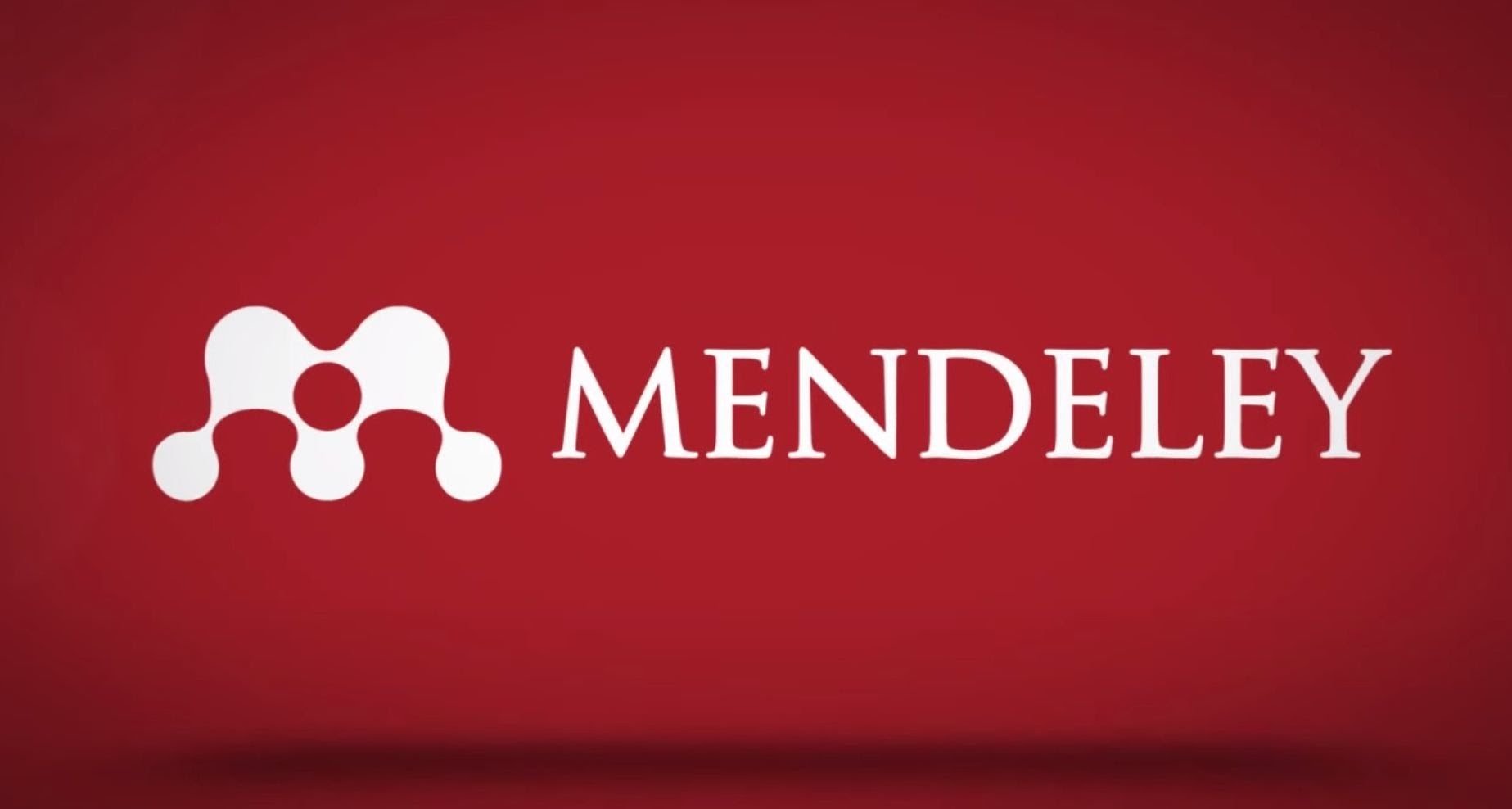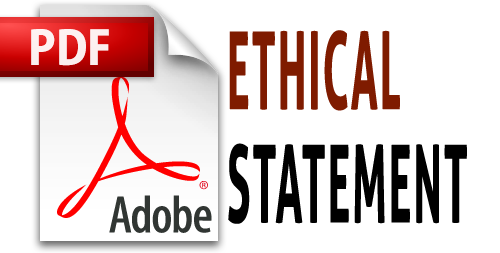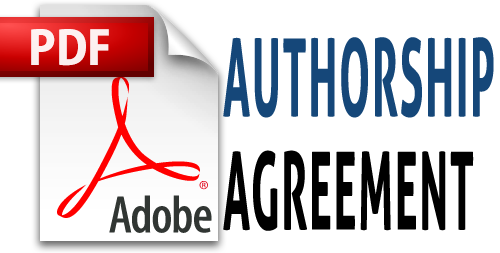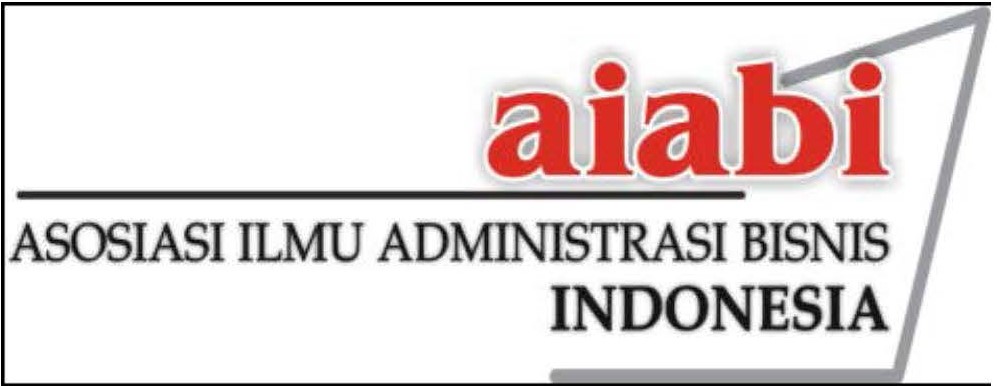ANALISIS PETA ALIRAN PROSES PADA INDUSTRI KERAMIK PLERED PURWAKARTA, INDONESIA
Abstrak
Plered Ceramics is a business in processing clay, whose products can be used as household appliances and decoration. In its development the SME industry can export. Achievement to make products that are acceptable and in accordance with the wishes of consumers has been increasingly recognized by businesses. There fore we need a process flow that can support the smooth production process to fulfill orders. This study aims to analyze the production process flow map in the ceramics industry Plered Purwakarta from the perspective of layout theory. The method used is a qualitative method of study of motion and time.
Based on the results of research on designing process flow maps related to the machine is better and more profitable for craftsmen because it takes a shorter time. However, its use is experiencing obstacles due to lack of skills in operating the machine in ceramic processing.
Keramik Plered merupakan usaha dalam pengolahan tanah liat, yang produknya dapat digunakan sebagai alat rumah tangga dan hiasan. Dalam perkembangannya industri UKM ini dapat melakukan ekspor. Pencapaian untuk membuat produk yang dapat diterima dan sesuai keinginan konsumen sudah semakin disadari oleh para pelaku usaha. Oleh karena itu diperlukan adanya aliran proses yang dapat menunjang kelancaran proses produksi untuk memenuhi pesanan. Penelitian ini bertujuan untuk menganalisis peta aliran proses produksi pada industri keramik Plered Purwakarta dari perspektif teori tata letak. Metode yang digunakan adalah metode kualitatif studi gerak dan waktu.
Berdasarkan hasil penelitian perancangan peta aliran proses yang berkaitan dengan mesin lebih baik dan lebih menguntungkan bagi para pengrajin karena memakan waktu yang lebih singkat. Namun dalam penggunaannya mengalami hambatan karena kurangnya ketrampilan dalam pengoperasian mesin dalam pengolahan keramik.
Kata Kunci
Teks Lengkap:
PDFReferensi
Barnes, R. M. 1980. Motion and Time Study. Design and Measurement of Work. New York: Jon Welley and Sond.
Beamon, B. M., & Ware, T. M. (1998). A process quality model for the analysis, improvement and control of supply chain systems. Logistics Information Management, 11(2), 105–113. https:// doi.org/10.1108/09600039810248127
Burbidge, J. L. (2010). Production flow analysis. Production Engineer, 42(12), 742–752. https://doi.org/10.1049/tpe.1971.0022
Degarmo, E. P., Kohser, R. A., & Klamecki, B. E. (2003). Materials and processes in manufacturing. In John Wiley & Sons, Inc (Vol. 17). https://doi.org/10.1016/s0278-6125(98)80067-8
Dekleva, J., & Menart, D. (1987). Extensions of production flow analysis. Journal of Manufacturing Systems, 6(2), 93–105. https://doi.org/10.1016/0278-6125(87)90033-1
Djassemi, M. (2007). Improving factory layout under a mixed floor and overhead material handling condition. Journal of Manufacturing Technology Management, 18(3), 281–291. https://doi.org/10.1108/
Egan, D. E., & Schwartz, B. J. (1979). Chunking in recall of symbolic drawings. Memory & Cognition, 7(2), 149–158. https://doi.org/10.3758/BF03197595
Haming, M. dan Nurnajamuddin, M. (2014). Manajemen Produksi Modern, Operasi Manufaktur dan Jasa, Buku Kesatu, PT. Bumi Aksara, Jakarta.
Handoko, A.(2013). Perancangan Tata Letak Fasilitas Produksi pada UD Aheng Sugar Donut’s di Tarakan Jurnal Calyptra : Jurnal Ilmiah Mahasiswa Universitas Surabaya Vol. 2, No. 2, hal. 1-21, Sep. 2013. .
Hayajneh, M., Al-Tahat, M., Alshobaki, S., & Khraisat, W. (2014). An investigation for the potential of improving the performance of pattern making process in steel foundries: Case study. Applied Mechanics and Materials, 575(2014), 900–904. https://doi.org/10.4028/www.scientific.net/AMM.575.900
Prasetya, H. dan Lukiastuti, F. 2011. Manajemen Operasi. PT. Buku Seru. Jakarta.
Siregar, I., Tarigan, U. and Nasution, T.H. 2018. Layout design in order to improve efficiency in manufacturing. IOP Conference Series: Materials Science and Engineering.
Jauhar, S. (2012). Value Analysis in Galvanization Process: A Cost Reduction approach. Advances in Mechanical Engineering and Its Applications, 2(3), 213–220.
Johnson, S. D., & Satchwell, R. E. (1993). The Effect of Functional Flow Diagrams on Apprentice Aircraft Mechanics’ Technical System Understanding. Performance Improvement Quality, 6(4), 73–91.
Karim, R. and Biswas, S.K. (2015) Cell Formation in a Batch Oriented Production System using a Local Search Heuristic with a Genetic Algorithm: An Application of Cellular Manufacturing System. IOSR Journal of Engineering (IOSRJEN) Vol. 05, Issue 04, April 2015, pp 28-41.
Kane, S. N., Mishra, A., & Dutta, A. K. (2017). Designing Business System Model using System Modelling Approach to the Small and Medium Enterprises (SME) of Furniture in Indonesia. IOP Conference Series: Materials Science and Engineering, 190(1). https://doi.org/10.1088/1742-6596/755/1/011001
Kristal, M. M., Pagell, M., Yang, C., & Sheu, C. (2011). Are supply chain management theories culturally constrained? An empirical assessment. Operations Management Research, 4(1–2), 61–73. https://doi.org/10.1007/s12063-011-0048-4
Krolczyk, J. B., Krolczyk, G. M., Legutko, S., Napiorkowski, J., Hloch, S., Foltys, J., & Tama, E. (2015). Material flow optimization – a case study in automotive industry. Tehnicki Vjesnik - Technical Gazette, 22(6), 1447–1456. https://doi.org/10.17559/tv-20141114195649
Marcelo, M. T., Avila, G. V, Cruz, M. A., Prado, B. M., & Navarro, M. M. (2016). Process improvement and utilization of machines in the production area of a shoe manufacturing company. IEEE International Conference on Industrial Engineering and Engineering Management, 2016, pp 701–705. https:// doi.org/10.1109/IEEM.2016.7797966
Onkar; Samanta, S.; Philip, D. “Material Optimization and process improvement using simulation for make shift auto chassis manufacturing of an Indian SME”. Industrial Engineering and Operations Management (IEOM), International Conference on, Date: 3-5 March 2015.
Oakland, J. S., & Sohal, A. (1987). Production Management Techniques in UK Manufacturing Industry: Usage and Barriers to Acceptance. International Journal of Operations & Production Management, 7(1), 8–37. https://doi.org/10.1108/eb054783
Purnomo, B.H., Setiawan, A., Rusdianto, dan Hamdani, M. 2013. Desain Tata Letak fasilitas Produksi Pada Pengolahan Ribbed Smoked Sheert (RSS) Di Gunung Pasang Panti Kabupaten Jember. Jurnal Agro Teknologi Volume 7 Nomer 2, hal 167-177. Universitas Jember
Siregar, U Tarigan, T H Nasution. 2018. Layout design in order to improve efficiency in manufacturing. IOP Conf. Series: Materials Science and Engineering
Sofyan, D.K. dan Syarifuddin. (2015). Perancangan Ulang Tata Letrak Fasilitas Menggunakan Metode Konvensional Berbasis 5S (SEIRI, SEITON, SEISO, SEIKETSU, dan SHITSUKE), Jurnal Teknovasi Volume 02, Nomor 2,
Starbek, M., & Menart, D. (2000). Optimization of material flow in production. International Journal of Machine Tools and Manufacture, 40(9), 1299–1310. https://doi.org/10.1016/S0890-6955(99)00126-1
Subardjo, A., Rahmawati, M. I., & Sukmaaji, A. (2015). Disocial media synchronization model: In association with developing small medium enterprise’s sales information system. Journal of Theoretical and Applied Information Technology, 82(3), 341–346.
Viswajit, T., Teja, T. R., & Deepthi, Y. P. (2017). A case study of printing industry plant layout for effective production. AIP Conference Proceedings, 1859, 020067. https://doi.org/10.1063/1.4990219
Yang Yu, Jiafu Tang, Wei Sun, Yong Yin and Ikou Kaku (2013) Reducing worker(s) by converting assembly line into a pure cell system. International Journal of Production Economics 145(2), pp 709-806. September 2013. DOI: 10.1016/j.ijpe.2013.06.009
Zupan, H.; Herakovic, N.; Zerovnik, J. & Berlec, T. (2017). Layout Optimization of a Production Cell. International Journal of Simulation Modelling 16(4):603-616. DOI: 10.2507/IJSIMM16(4)4.396
DOI: https://doi.org/10.24198/adbispreneur.v4i2.24365
Refbacks
- Saat ini tidak ada refbacks.









